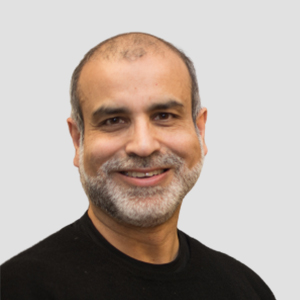The World Health Organisation (WHO) defines eHealth as “the cost-effective and secure use of information and communications technologies in support of health and health-related fields, including health care services, health surveillance, health literature, and health education, knowledge and research.”
Care providers remain sceptical. Would eHealth significantly reduce waiting time pressures and improve the quality of life for their patients and their relatives? Highly standardised eHealth interventions can be cumbersome and difficult to adapt for the individual needs of the service user. In contrast during face-to-face sessions, clinicians are able to adjust on the spot. However, access to clinicians for a face-to-face interaction can be difficult due to travel, high costs and other restrictions as highlighted during this COVID pandemic.
Blended health care embraces eHealth (often referred to as Telemedicine) while keeping clinicians firmly in the driving seat. Blended care acts as a bridge between traditional face-to-face healthcare provision and eHealth solutions. There are three key elements:
– face-to-face and digital solutions should complement each other.
– blended care should reflect the specific needs of the service user and allow flexible input.
– blended care should be time and cost-saving.
With a blended approach waiting times can be reduced. Preparatory protocols can be completed prior to the patient visit. Diagnosis and treatment planning along with coordination with other specialities and clinicians can be speeded up. Furthermore, post-operative care, maintenance of patient contact and monitoring can be initiated and maintained remotely, thus making future face to face interactions efficient and effective.
While choosing an eHealth solution it is important to look beyond a simple video call facility. For screening, diagnosis and follow-up it is important to have patient records, reports and consultation history available securely online before, during and after an online consultation. This applies to both doctor and patient. Any eHealth solution should also include a virtual front desk capability for the management of online patients. For the busy physician this becomes critical for seamless blending of in-clinic patients with online consultations.
Blended health care seeks to optimise the benefits of eHealth and face to face contact for improving patient care.

The author: Dr. Subir Banerji – BDS, MClinDent (Prostho), PhD, MFGDP (UK), FICOI, FICD.
Alongside his private dental practice in London, UK, Dr. Banerji is also the Director of the MSc in Aesthetic Dentistry Program at King’s College London, UK and an Associate Professor at the Department of Prosthodontics, University of Melbourne, Australia.






